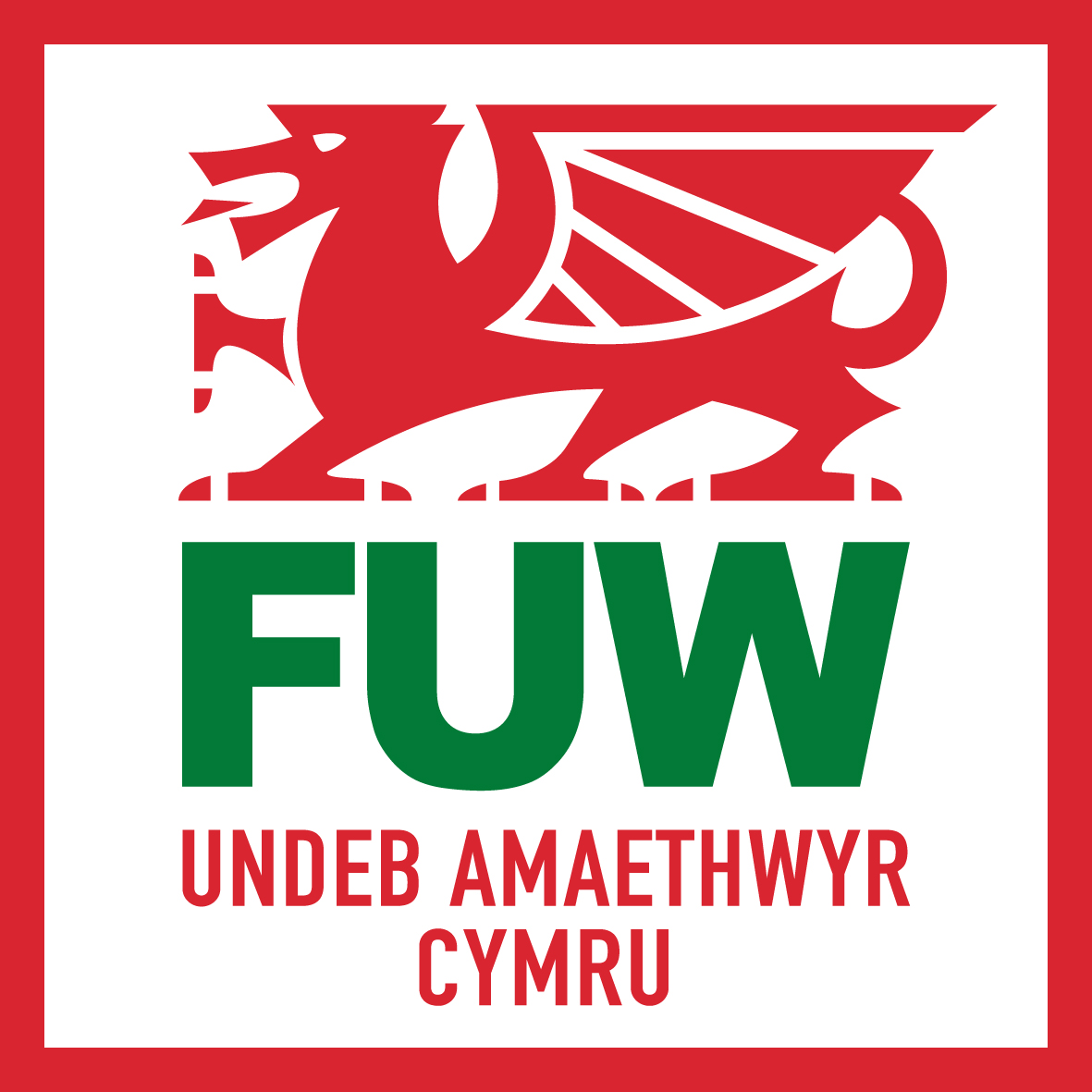The Farmers' Union of Wales is launching a report this week highlighting the importance of agriculture and grazing livestock to the economy and ecology of the Cambrian Mountains and emphasising the central role Wales’ upland farmers should continue to play in delivering a host of ecosystem services.
“The Role of Grazing Animals and Agriculture in the Cambrian Mountains” report - to be formally released on Thursday (May 30) - has been written by former Joint Nature Conservancy Committee member and Countryside Council for Wales board member Dr Ieuan Joyce.
It highlights the fact that large tracts of the Cambrian Mountains are designated as Sites of Special Scientific Interest (SSSIs), EU Special Areas of Conservation (SACs) and Special Protection Areas (SPAs) due to their unique ecologies, and that agriculture and grazing livestock have played a central role in creating and maintaining the landscape for thousands of years.
FUW hill farming committee chairman Derek Morgan, who farms on the eastern slopes of the Cambrian Mountains, said:
“Our ancestors were farming these hills thousands of years ago and it's possible to see the ruins of their farmsteads and sheep pens throughout these hills and mountains.
“Farming and grazing animals have become an inherent part of our landscape and upland ecosystems and this report highlights not only the dependency of upland species on agriculture, but also the key role that agriculture should play in terms of addressing the challenges of the coming centuries.”
According to the report, management by farmers has, over the millennia, not only enabled the production of high quality food, but has also led to the development of internationally important semi-natural ecosystems.
The Cambrian Mountains also deliver a range of services from the natural environment which benefit industries such as insurance and water companies, and the report recommends such industries should have greater involvement in financially supporting practices which deliver benefits they currently receive free of charge.
The report cites evidence indicative of cultivation and grazing in the pollen record as well as the large numbers of cairns, individual megaliths, stone rows and circles as pointing to the exploitation of upland pastures during the Bronze Age 5,500-3,500 years ago.
“In the medieval period, Owain Glyndwr’s ancestor, Gwenwynwyn ab Owain Cyfeiliog, gave parts of the Cambrian Mountains to the monks of strata Marcella and it seems likely his close family connections with those farming the mountains led him and his troops to take refuge there during the early 1400s, resulting in his famous Cambrian mountain victory at the battle of Hyddgen,” said Mr Morgan.
However, he warned that more than 600 years on Welsh farmers in the area are facing a new threat - from those who wish to "wild" the Cambrian Mountains.
“This is not just an attack on the Welsh communities who have farmed the mountains for thousands of years, it is also a major threat for our upland ecosystems which are adapted to and reliant on farming,” he said.
Mr Morgan added that farmers and conservationists alike must recognise that inappropriate grazing - whether in the form of over or undergrazing - can cause damage to our ecosystems.
“The vast majority of farmers and conservationists are on the same page on this, particularly as undergrazing becomes recognised as a problem for species such as golden plover.
“We need to build on that understanding and recognition. Wilding would throw all we have learned out of the window.”
Mr Morgan said a wilding experiment on the Cambrian Mountains would be akin to the herding of American Indians onto reserves, in order to satisfy a romantic whim, and would result in the destruction of existing ecosystems.
“We have farmed these mountains for millennia and we will not give in to the latest attack on our way of life.”
 From left, Emyr Jones, Rhys Meirion, Arwyn Davies and Brian Thomas.[/caption]
From left, Emyr Jones, Rhys Meirion, Arwyn Davies and Brian Thomas.[/caption]



